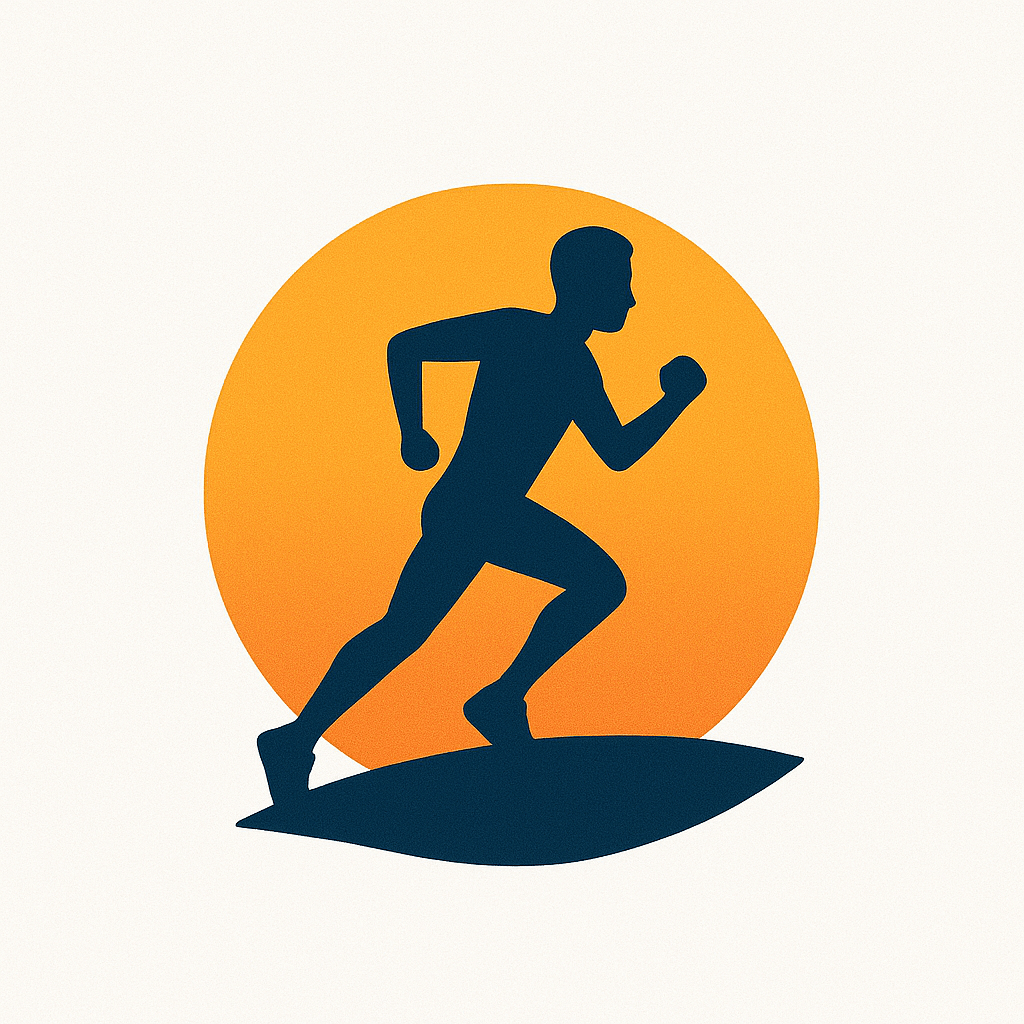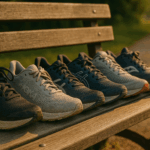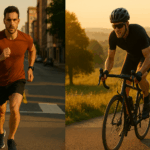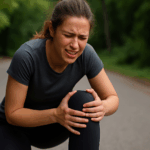Born to Run or Born to Be Bruised?
You’ve seen them — the runners gliding by with barely-there shoes or none at all. Maybe you’ve felt curious. Maybe skeptical. Maybe inspired. The barefoot running trend has sparked passionate debates in the running world, promising everything from injury-free strides to a more “natural” connection with the earth.
But is it science-backed evolution? Or just another passing craze?
Whether you’re intrigued or indifferent, one thing’s for sure: this movement has made a mark on modern running. And it might just change how you think about your own feet.
Let’s dig in.
The Rise of Barefoot Running
A Return to Roots: Why Barefoot Became a Movement
Before there were carbon-plated super shoes, there were bare feet pounding across grass, dirt, and gravel. Humans ran barefoot for millennia. Modern interest surged as athletes and researchers began to question the comfort-first philosophy of cushioned footwear.
The idea? Our ancestors didn’t need arch support — maybe we don’t either.
Barefoot running emerged as a rebellion against over-engineered sneakers and a call to return to what feels primal.
Born to Run and the Vibram Boom
Much of the barefoot craze can be traced back to one book: Born to Run by Christopher McDougall. This 2009 bestseller chronicled the Tarahumara people of Mexico — ultra-endurance runners who log hundreds of miles in thin sandals.
Interest exploded. Enter Vibram FiveFingers: those quirky toe shoes that were either revolutionary or ridiculous, depending on who you asked.
Sales soared. So did injuries — for some. And the backlash began.
Celebrity Athletes and Minimalist Endorsements
High-profile runners like Anton Krupicka, who championed minimalist footwear, gave the movement credibility. Even Nike jumped in with its Free series, targeting those wanting less shoe, not no shoe.
Suddenly, “zero-drop” and “natural gait” were buzzwords. But were they backed by science?
The Science Behind Barefoot Running
Biomechanics of Running Without Shoes
Running barefoot dramatically alters your stride. Most runners in shoes heel-strike first, but barefoot runners typically land midfoot or forefoot, reducing impact forces on joints.
This shift can lead to better posture and improved running efficiency — if done right.
Injury Prevention or Injury Risk?
Advocates argue that barefoot running encourages better form and strengthens intrinsic foot muscles. A 2014 study in the British Journal of Sports Medicine showed that habitual barefoot runners experienced fewer impact-related injuries.
But that doesn’t mean it’s foolproof. Other studies have shown an increase in calf strains, metatarsal stress fractures, and Achilles tendonitis, especially during the transition phase.
What the Latest Studies Say
Recent meta-analyses suggest the benefits are real — for some runners. Improved proprioception, shorter ground contact time, and reduced joint loading are commonly cited.
But here’s the catch: these advantages depend heavily on proper adaptation and individual biomechanics.
Real Runners, Real Experiences
Transitioning to Barefoot: Stories from the Trail
Take Anna, a trail runner from Colorado. “I felt like I was running for the first time — like a kid again,” she says. “But I rushed it. I was sidelined for two months with stress reactions.”
Contrast that with Jason, a marathoner who took a year to fully transition. “It’s the best decision I’ve made. I’m faster, lighter, and more in tune with my stride.”
What Hurts, What Heals — Honest Testimonies
Most successful barefoot runners have one thing in common: patience. The transition is more mental than physical. You unlearn habits forged by years in cushioned shoes.
Many describe the experience as freeing. Others, frustrating. The truth? It’s deeply personal.
The Case Against Barefoot Running
Risks You Shouldn’t Ignore
Let’s be real — barefoot running isn’t for everyone. Hard pavement, broken glass, and uneven terrain aren’t ideal for naked feet. Even minimalist shoes don’t eliminate risk.
The transition can expose muscle imbalances and poor mechanics you didn’t know you had.
Expert Cautions and Medical Red Flags
Dr. Irene Davis, a leading voice in biomechanics, supports barefoot running — but warns: “Too much too soon leads to injury.”
Podiatrists echo the need for caution, especially for runners with flat feet, prior injuries, or diabetes.
Think of it like learning a new sport. You wouldn’t jump into CrossFit by maxing out on day one. Barefoot running deserves the same respect.
Is Barefoot Running Right for You?
Signs You Might Thrive Barefoot
- You’ve struggled with repetitive running injuries
- You’re willing to reduce mileage temporarily
- You’re curious about natural movement and foot strength
If you check these boxes, barefoot running could be transformative.
How to Safely Start — A Transition Plan
- Start small. Begin with walking barefoot on grass or soft trails.
- Try minimalist shoes first. Look for zero-drop models with flexible soles.
- Shorten your stride. Focus on landing midfoot, not on your heel.
- Strengthen your feet. Incorporate exercises like toe curls and balance drills.
- Listen to your body. Soreness is normal. Sharp pain is not.
Give your body at least 6 months to adapt. Yes, that long. You’re retraining decades of movement.
So… Fad or Future?
Here’s the truth: barefoot running is neither a miracle cure nor a misguided trend. It’s a powerful tool — one that works for some, and not for others.
The barefoot movement helped shift running culture away from blind reliance on technology. It reminded us that our bodies are capable — sometimes more than we realize.
If you’re thinking about it, approach it with curiosity, not dogma.
Test it. Respect it. And above all, run with intention.
Because whether you’re in Hokas, Nikes, or nothing at all — what matters most is that you run.






Leave a Reply